Question
Four of the five among the following are similar in such
a way to form a group, which one of the following doesn’t belong to the group? Study the following information carefully and answer the below questions. Twelve students are seated on the school ground opposite each other. In row1, A, J, K, L, M, and N are facing south. In row2- S, E, D, G, V and R are facing north. All the information is not necessarily in the same order. M sits opposite to the one who sits third to the left of G. Either M or G are sitting at the end of the row. Only one person sits between M and N. The number of persons sitting to the left of N is the same as to the right of R. Only two persons are sitting between R and the one who sits opposite to A. The number of persons who sits between A and N is the same as between V and S.V and R are not immediate neighbours. D sits to the right of E and does not face A.K sits to the left of L and to the right of J.Solution
M sits opposite to the one who sits third to the left of G. Either M or G is sitting at the end of the row. From the above condition, there are two possibilities. 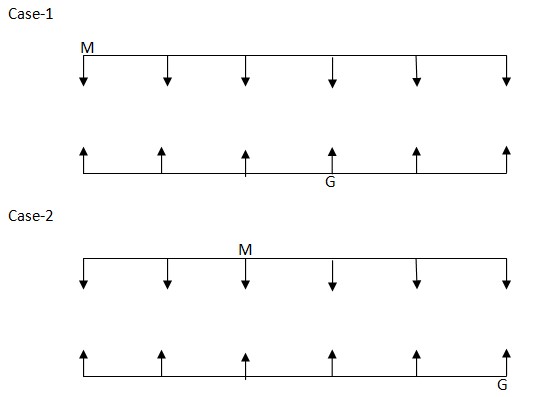 Only one person sits between M and N. The number of persons sitting to the left of N is the same as to the right of R. From the above condition, there are three possibilities.
Only one person sits between M and N. The number of persons sitting to the left of N is the same as to the right of R. From the above condition, there are three possibilities. 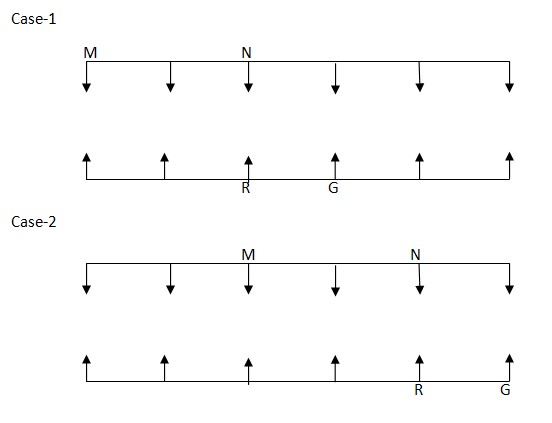
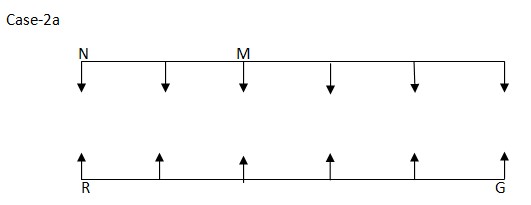 Only two persons are sitting between R and the one who sits opposite to A. The number of persons who sits between A and N is the same as between V and S. V and R are not immediate neighbors. D sits to the right of E and does not face A. From the above condition, case1 and case2a get eliminated. Case-2
Only two persons are sitting between R and the one who sits opposite to A. The number of persons who sits between A and N is the same as between V and S. V and R are not immediate neighbors. D sits to the right of E and does not face A. From the above condition, case1 and case2a get eliminated. Case-2 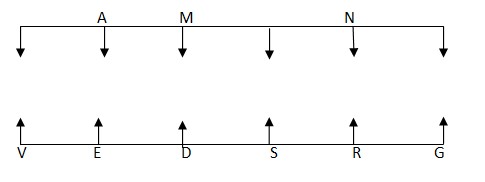 K sits to the left of L and to the right of J. From the above condition, case2 shows the final arrangement.
K sits to the left of L and to the right of J. From the above condition, case2 shows the final arrangement. 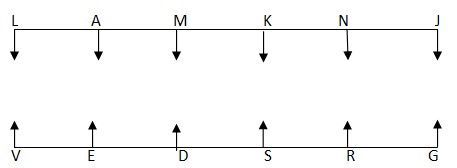
Which type of a pension plan is National Pension Scheme (NPS)?
Which is the correct match for increase in the carrying value of Land and Buildings on account of revaluation?
Which of the following formula is used for simple investment multiplier?
Which of the following is not one of the major 5 Functions?
ABC Ltd’s purchases during the year were Rs 200000. The balance sheet shows an average accounts payable balance of Rs 15000. ABC’s payables period a...
ABC Company supplies plastic crockery to fast food restaurants in metropolitan city. One of its products is a special bowl, disposable after initial use...
You are given a dataset of product IDs and their corresponding prices in an Excel sheet. You need to retrieve the price of a specific product by looking...
In a negatively skewed distribution
- The negotiable warehouse receipt (NWR) system was launched in which of the following year?
Deen Dayal Upadhyaya Kaushalya Yojana (DDU-GKY) is a demand-driven placement linked skill training initiative working under the National Rural Livelihoo...


